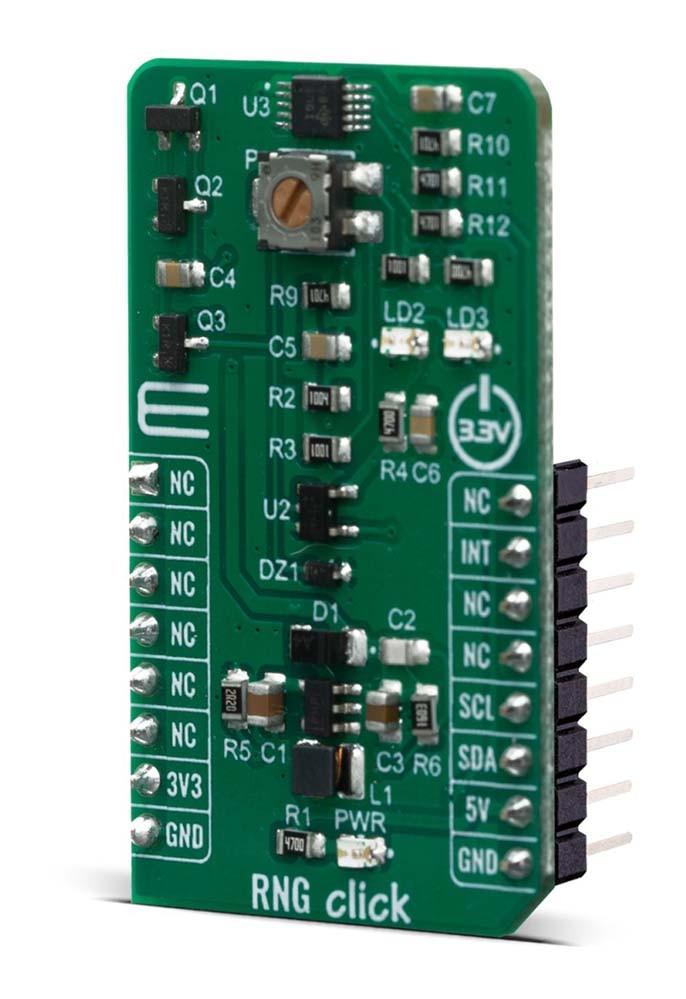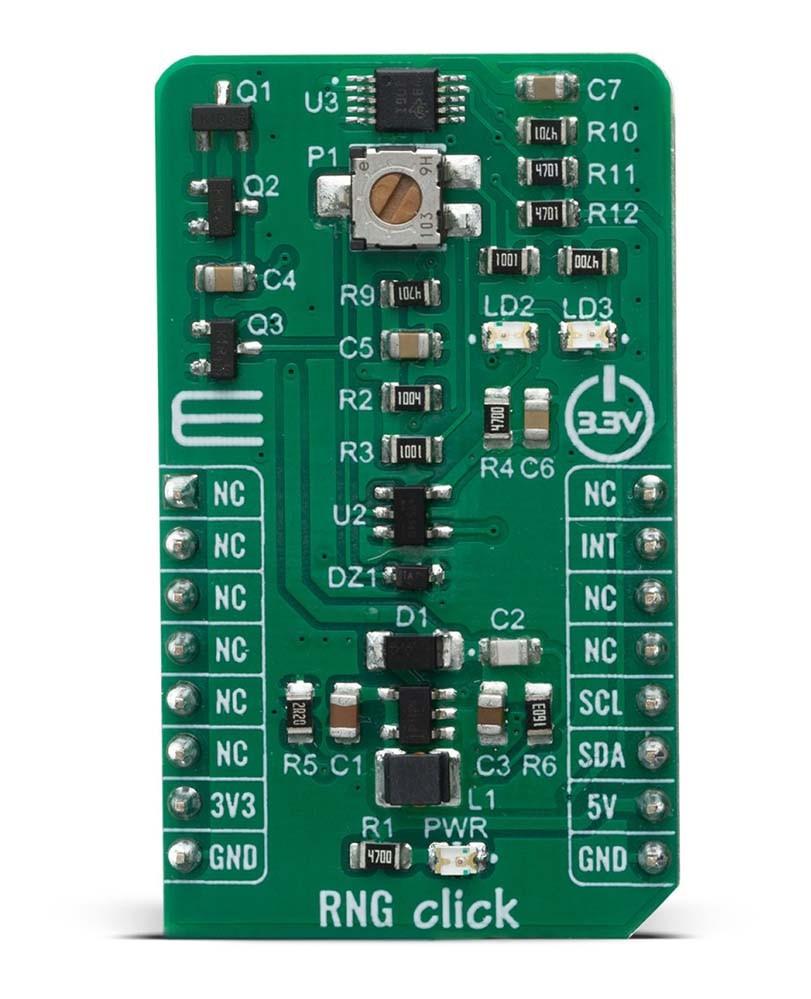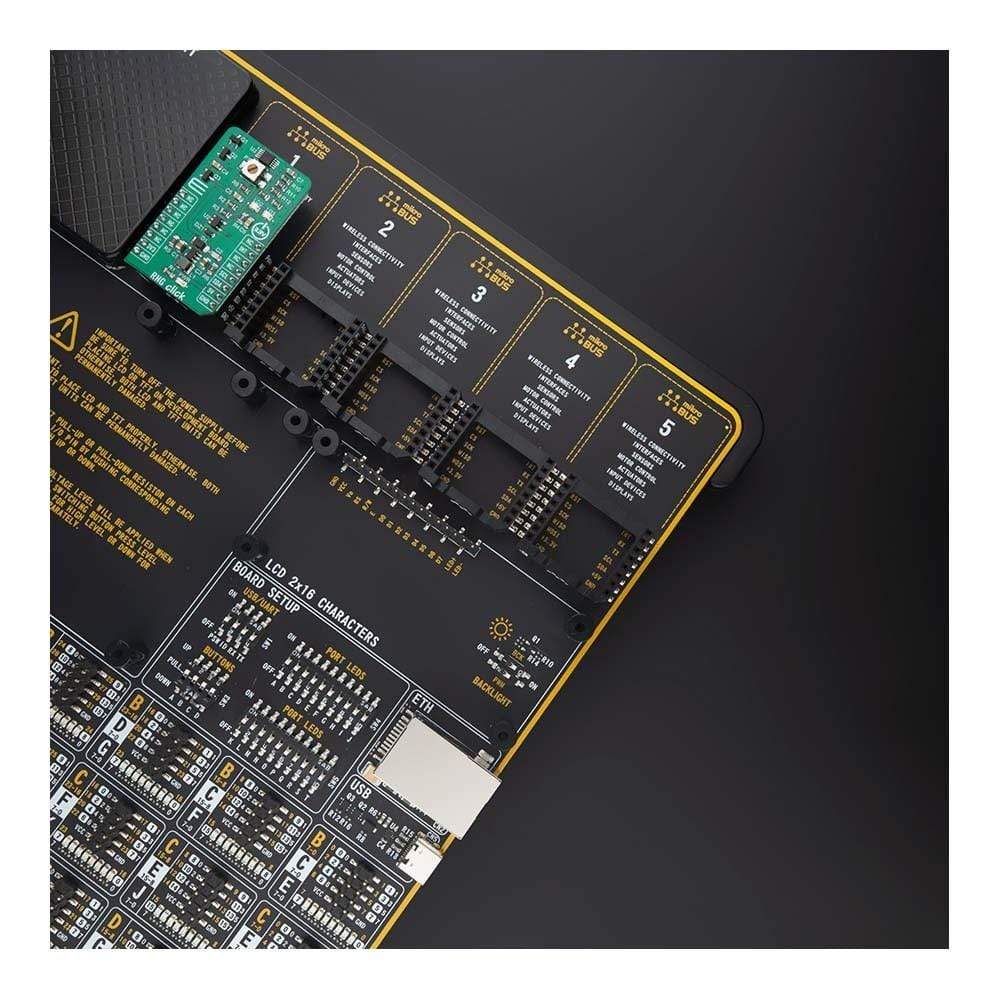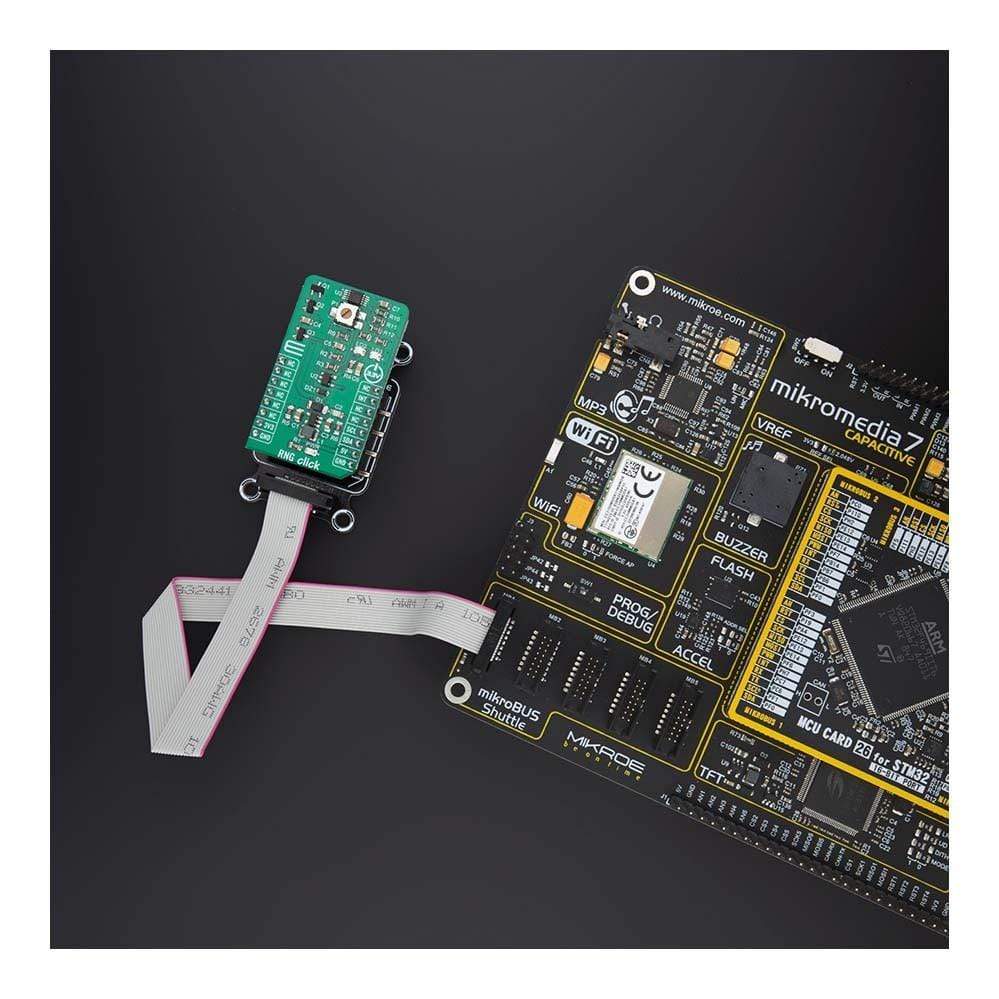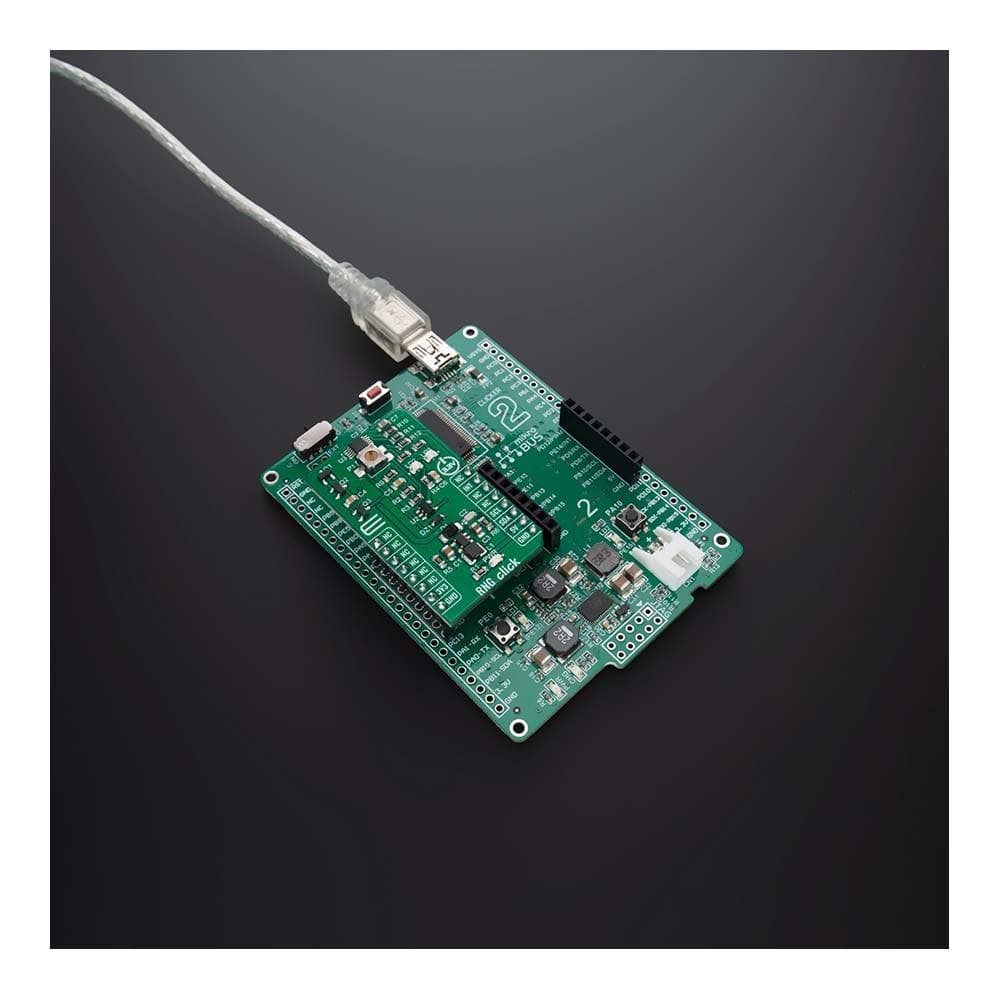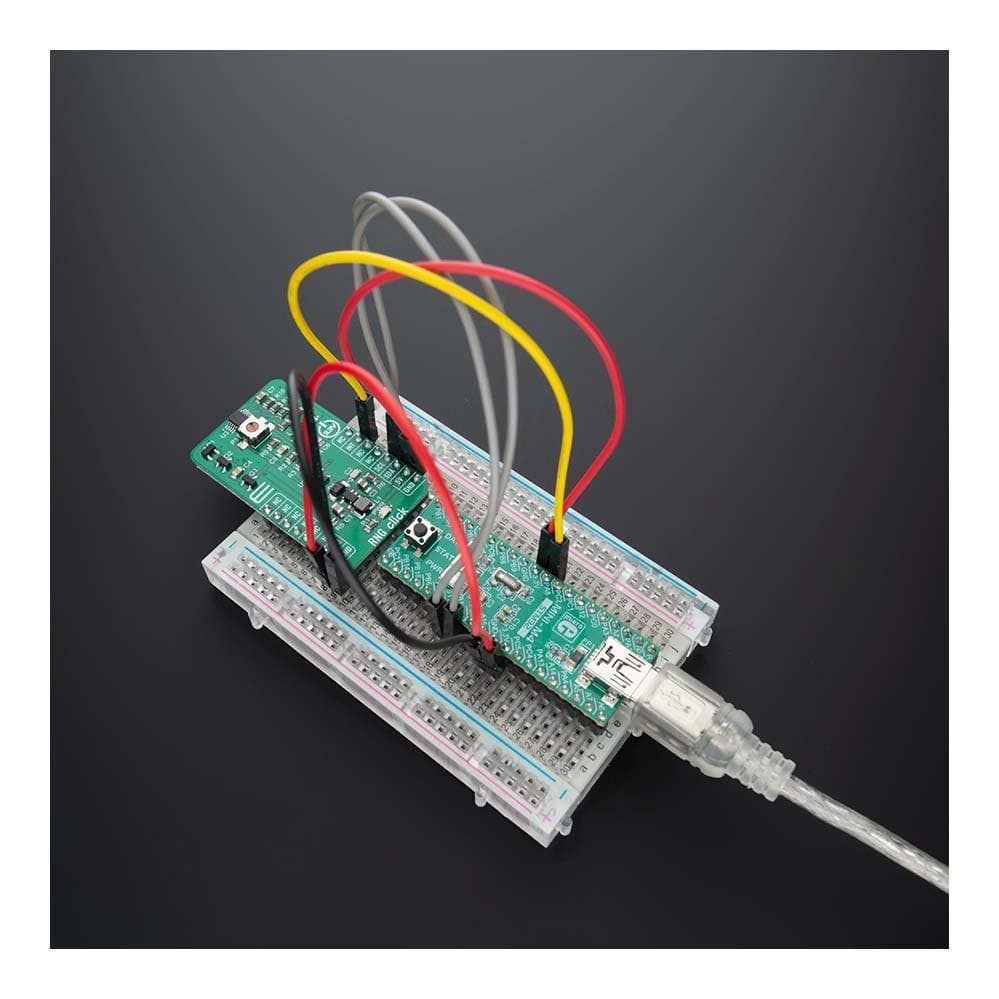Mikroelektronika d.o.o.
RNG-Klick-Board
RNG-Klick-Board
Verfügbarkeit für Abholungen konnte nicht geladen werden
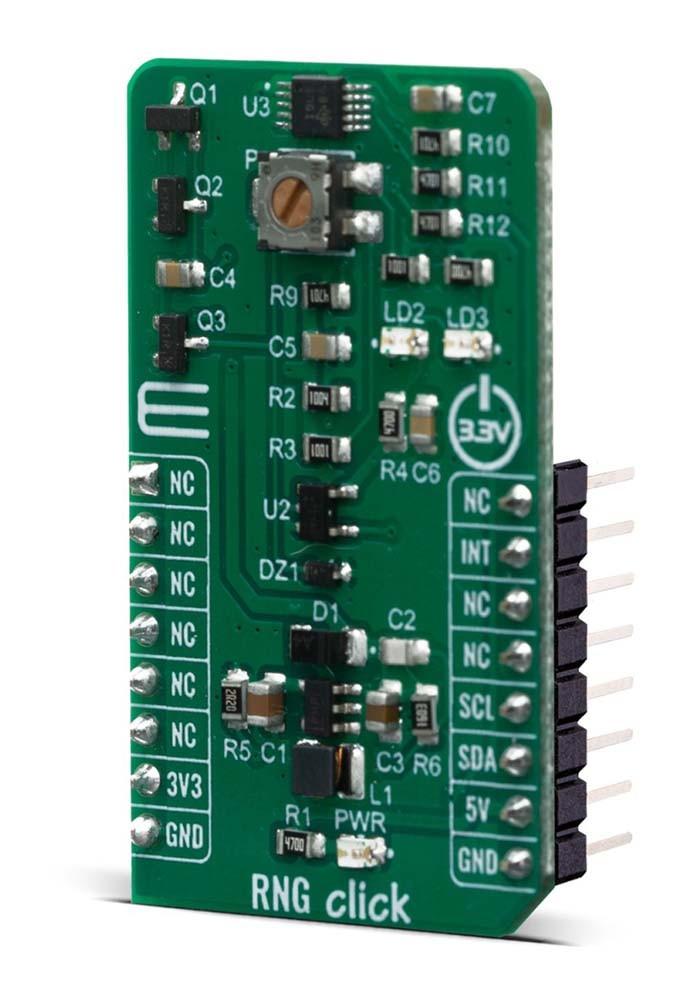
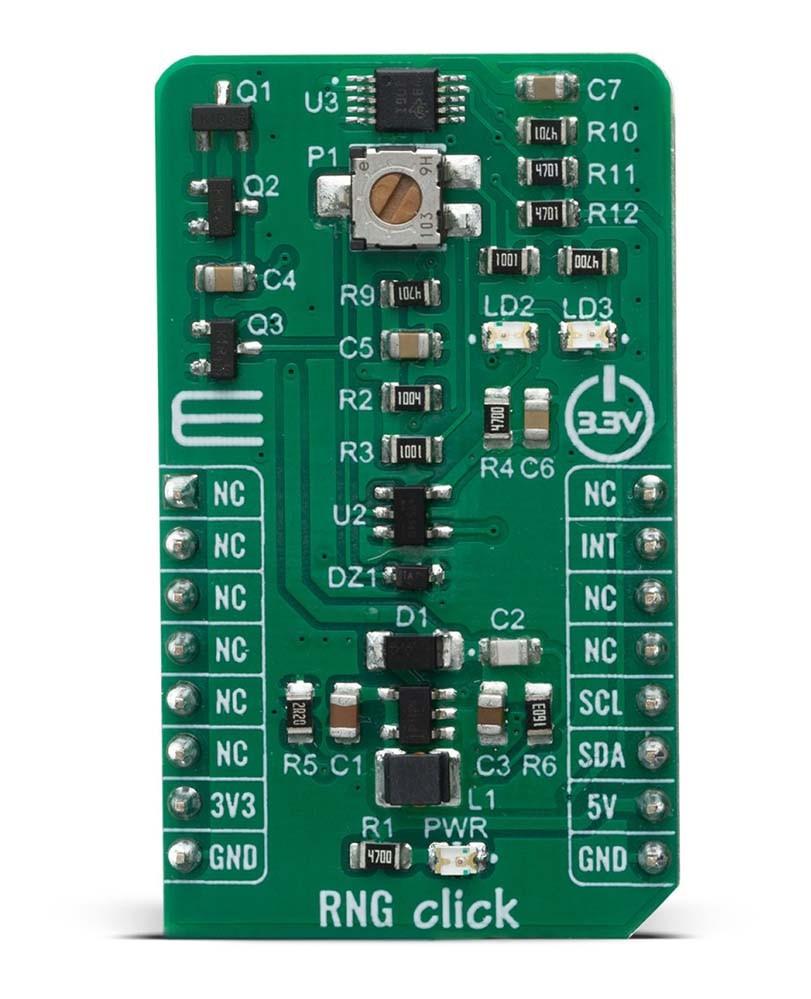
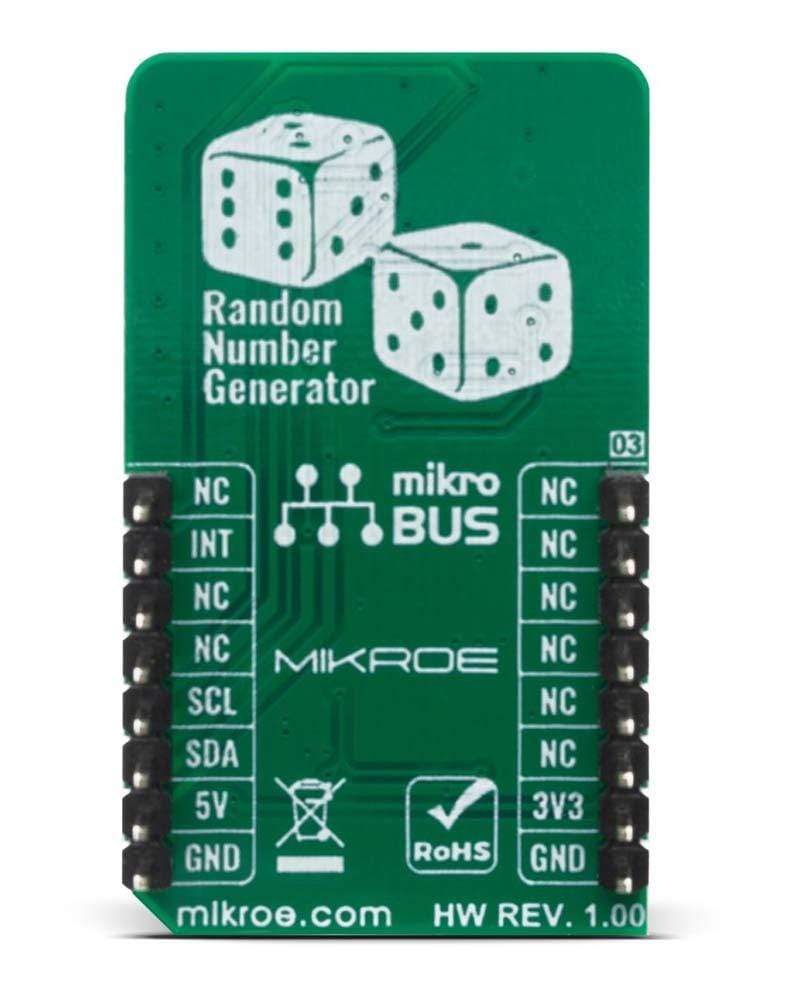
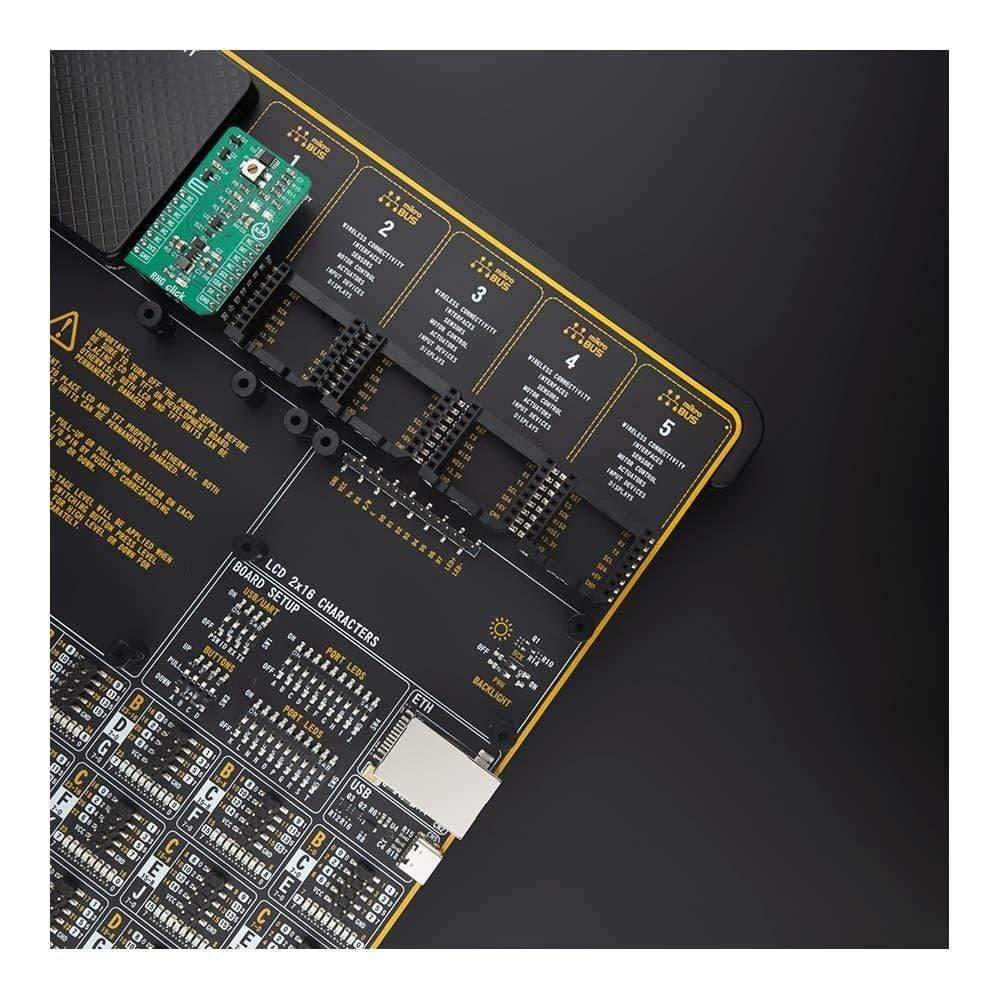
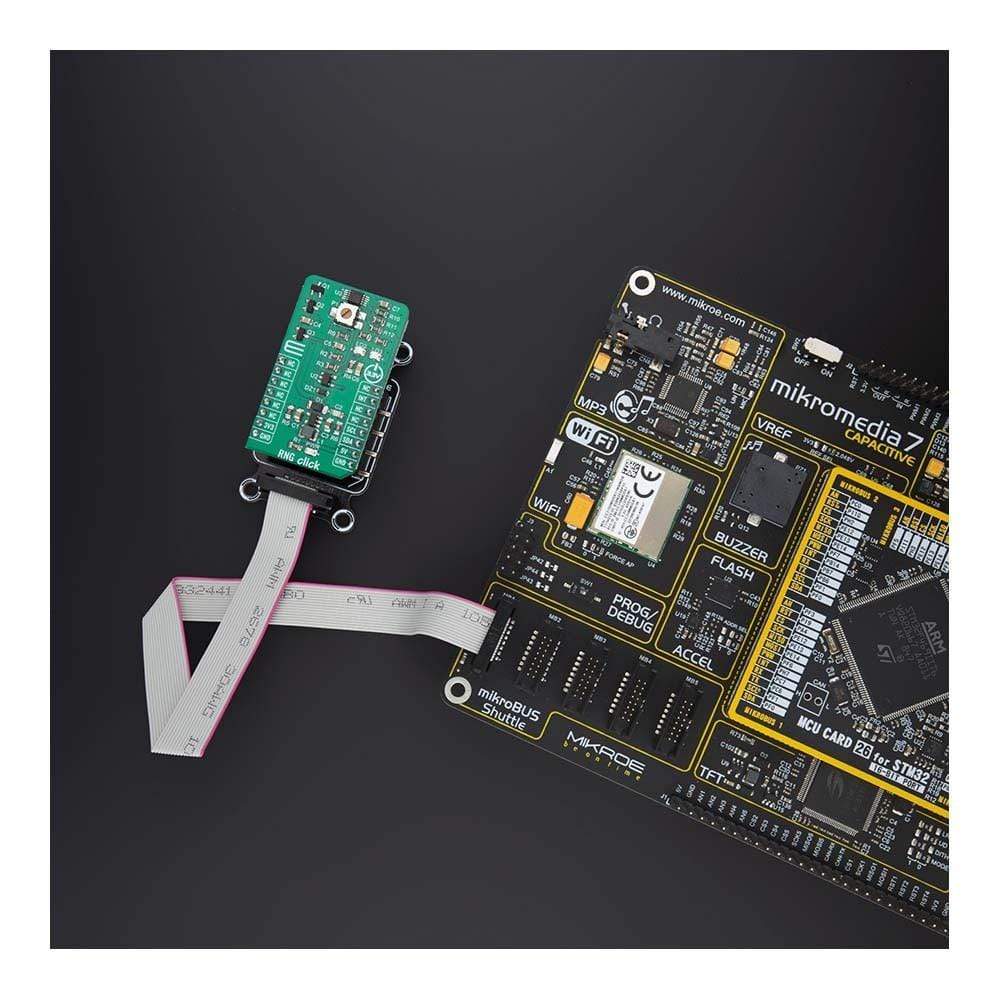
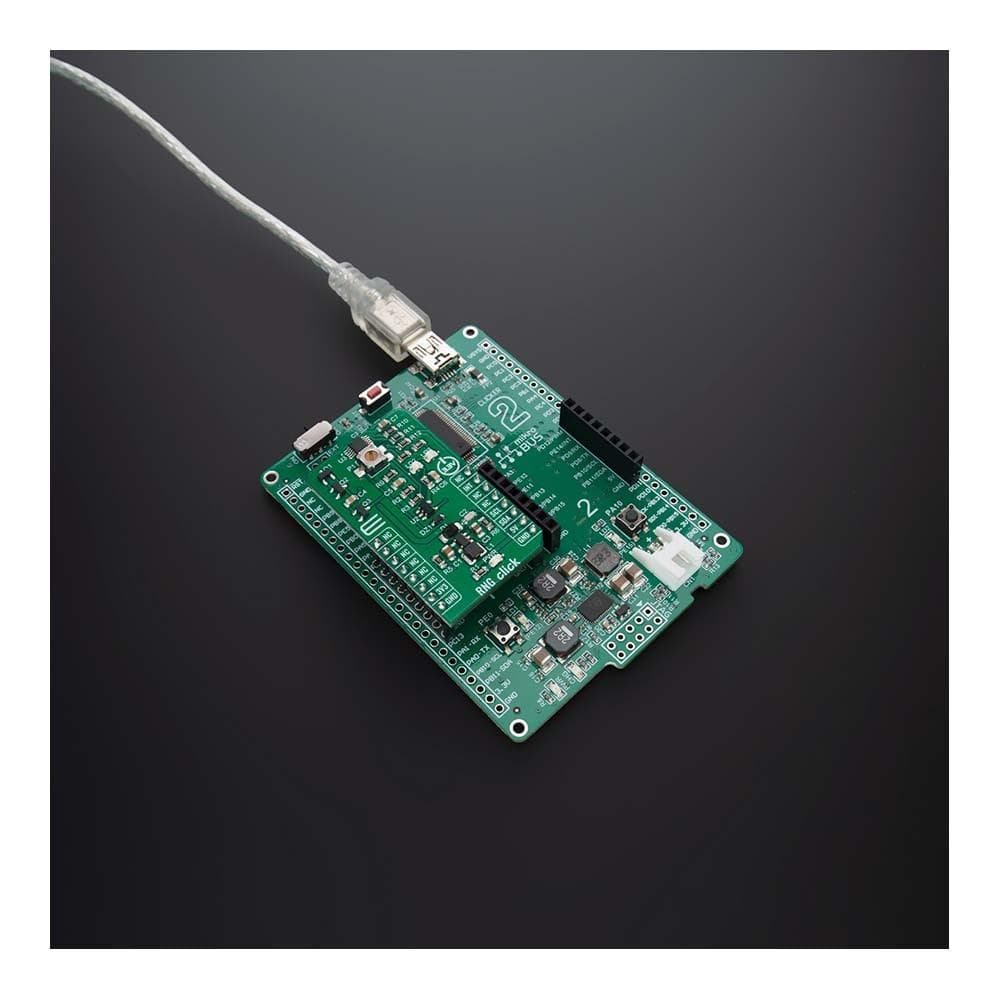
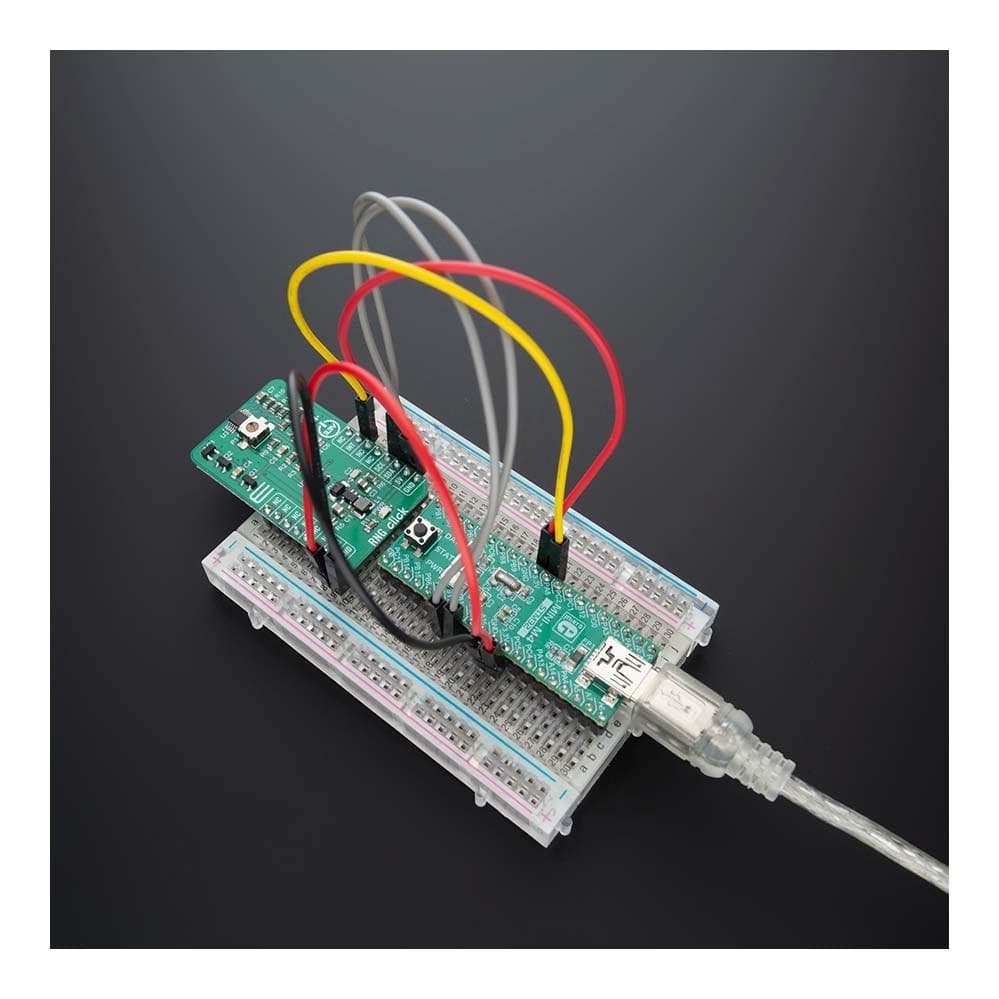
Overview
Das RNG Click Board™ ist ein Zufallszahlengenerator (RNG), also ein Gerät, das eine Folge von Zahlen oder Symbolen generiert, die nicht besser als durch Zufall vorhergesagt werden können. Dieses Click Board™ ist ein echter Hardware-Zufallszahlengenerator (HRNG), der echte Zufallszahlen generiert. Zufallszahlengeneratoren finden Anwendung im Glücksspiel, bei statistischen Stichproben, in der Computersimulation, in der Kryptographie, bei vollständig randomisiertem Design und in verschiedenen anderen Bereichen.
Das RNG Click Board™ wird von einer mikroSDK-kompatiblen Bibliothek unterstützt, die Funktionen enthält, die die Softwareentwicklung vereinfachen. Dieses Click Board™ wird als vollständig getestetes Produkt geliefert und ist bereit für den Einsatz auf einem System, das mit der mikroBUS™-Buchse ausgestattet ist.

